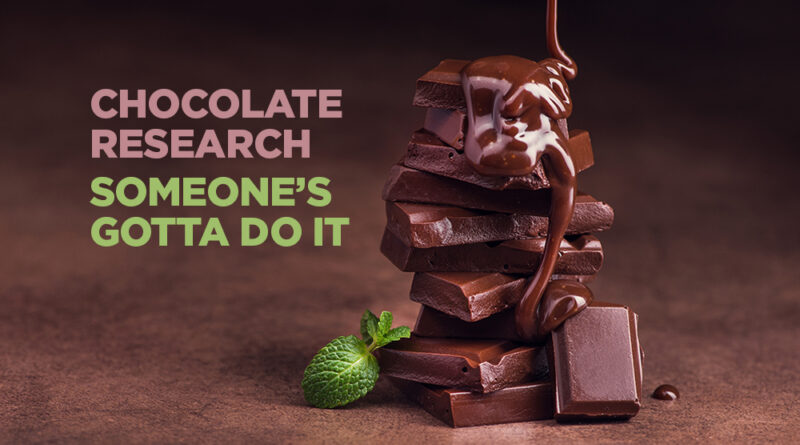Three Grants for National Chocolate Day that Will Make You Melt
Did you know that Oct. 28 is National Chocolate Day?
The day is a time to celebrate anything and everything related to the sweet treat. And in honor of the holiday, GrantWatch is sharing three grants for chocolate lovers everywhere.
Chocolate is everywhere in the world. It is in beauty products, health foods, deserts, drinks, candy, and so much more. The worldwide consumption of chocolate every year is more than 7.2 million metric tons. And according to a report on Grand View Research’s website, its global market size was 130.56 billion in 2019 and is expected to grow 4.6 percent from 2020 to 2027.
It can also have many lasting health benefits. For example, Dark chocolate specifically can improve blood flow and lower one’s blood pressure. Scientists at Harvard Medical School have even suggested that drinking two cups of hot chocolate a day can help with cognitive function and reduce memory decline. Some medical specialists also note that eating more of it can lead to a lower risk of heart disease and strokes.
GrantWatch has a category specifically for nutrition-related grants on its site.
Chocolate was once even a valuable trading commodity with the Aztec people. They traded with the Mayans for it in exchange for beans, which they also used as currency. In 1847, J.S. Fry & Sons created the first edible chocolate bar, while Cadbury’s made the first chocolate box and Easter egg soon after following in suit. In addition to these interesting facts, below are 10 other facts you might not know.
10 Fun Facts about the Sweet Treat
- It takes 400 cocoa beans to make only one pound.
- It takes two to four days to make a single-serving bar.
- Cacao leaves can move 90 degrees to get sun and protect younger leaves.
- The average serving of milk chocolate has about the same amount of caffeine as a cup of decaf coffee.
- The average size of a cocoa farm in West Africa is 7 to 10 acres.
- Worldwide, 40 million to 50 million people depend upon cocoa for their livelihood.
- Research to date supports that it can be enjoyed as part of a balanced, heart-healthy diet and lifestyle.
- About 22 pounds, or roughly 40 bars, would kill a person.
- Black-and-white films used it as fake blood.
- A school district in San Francisco has banned chocolate milk from the cafeterias.
Three Grants that Have to Do with Chocolate
- Grants to U.S. nonprofit organizations and individual researchers for cultural and historic research and educational projects addressing chocolate and the production process. Special consideration will go to proposals that describe how the project will have an educational impact on the public. In addition, attention to equity, inclusion, and diversity in the proposal will be at the forefront of this decision process.
- There are grants of $1,000, $1,500, and $2,000 to Michigan high schools for the purchase of healthy drinks for sports teams. Funding is to enable team members to quench their thirst with chocolate milk after games and practices. The participating sports teams must participate in a community or school outreach program to promote the healthy and nutritious value of drinking low-fat chocolate milk.
- In-kind support of equipment and materials to Michigan K-12 schools to meet school food service needs and increase students’ dairy consumption. Available packages include but are not limited to blenders, freestanding coffee bars, hot chocolate programs, and milk rebranding projects

